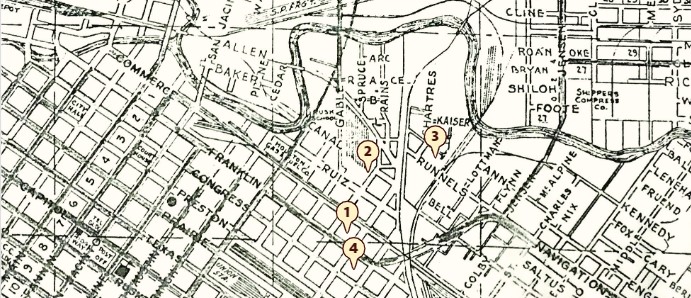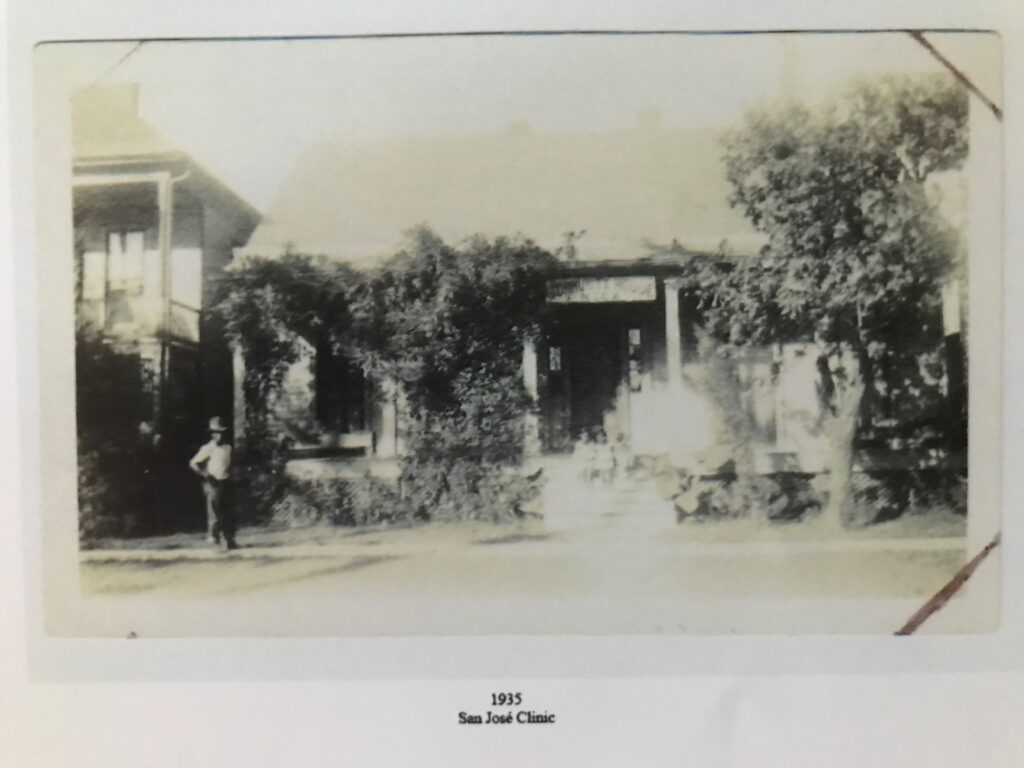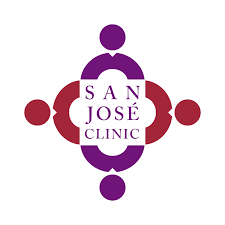By Joseph Castillo

Home is one of the most powerful words in the English language. A house is not a home, home is where the heart is, there’s no place like home. Home is where you rest, it is the people you trust, it is where you feel safe and find a sense of true belonging. To call something home is to label it family and a safeguard all at once. To many Houstonians, the San José Clinic is a place so meaningful that only one word can encapsulate its importance: home.
There was this very spiritual quality about the clinic that I kind of fell in love with it. It felt like home to me.
– Diana ‘Didi’ Garza, San José Clinic volunteer
Created in 1922, the San José Clinic (first called La Clínica Gratuita, then the Mexican Clinic) was established to help the children of Houston’s Second Ward, also known as Segundo Barrio and El Alacrán at the time but more often called the East End today. Many of these children lived in homes with no running water, no paved roads, and with families who owned little besides the clothes on their backs. The community was composed largely of refugees – individuals and families displaced by the Mexican Revolution who were lucky to escape with anything and had traveled hundreds of miles for a little of the succor that the United States could provide in their time of need.
What they received paled in comparison to what they expected to find, as often happens when people leave their homes for greener pastures. Despite their skilled craftsmanship, the quality of the education some had received in Mexico, or the work they were willing to contribute to their new lives, many of these immigrants were given unstable, low-wage jobs. The places that could provide aid marked them as a lesser priority or flat out refused to help and chalked it up to a difference of opinion or cultural mistranslations.

Photo courtesy of the Sisters of Charity of the Incarnate Word.
So when a new clinic opened with its mission to help them specifically, the Mexican population noticed. Children and adults were finally able to see doctors who offered quality care and treatments when they were sick, helping reduce mortality rates in the Mexican community. Clinic services grew to include optometry, dentistry, pharmaceuticals, nutrition, counseling, and more. Even in recent years serving the uninsured, fees remain affordable, based on a sliding scale, and no one is turned away for inability to pay. Although founded to address needs in the Mexican community, the clinic served anyone unable to afford care and improved the livelihoods of thousands of people who would never forget it.
To read the full article, click here or on Buy Magazines to purchase a print copy or subscribe.

Former San José Clinic patient, Irma Galvan, currently runs a successful Mexican restaurant in downtown Houston.

The San José Clinic offers a wide array of services to patients, ensuring that they receive quality healthcare.

 Follow
Follow